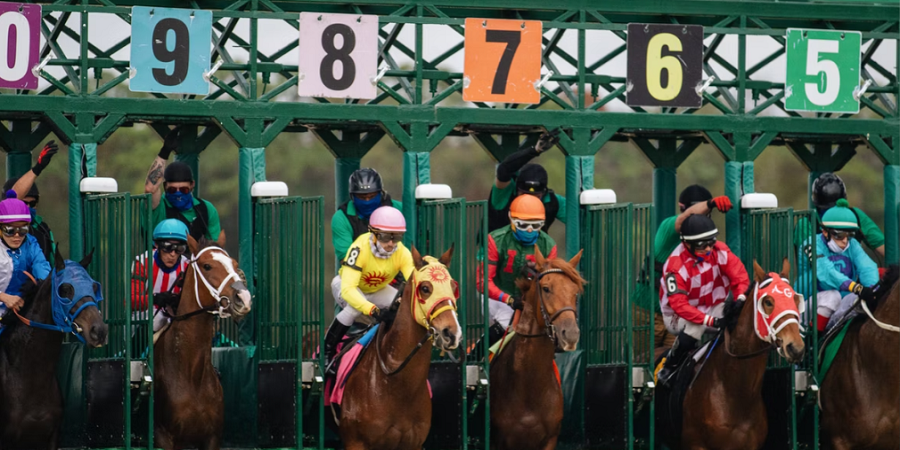When prestigious mainstream outlets like the UK’s Telegraph give readers regular horse racing tips, you can be sure of one thing: these predictions aren’t drawn at random from a hat but involve a judicious blend of expert experience and calculus of data.
So, without further ado, let’s take a closer look at how those tips are generated. How do the most consistent and reliable tipsters come up with their ‘prophecies’?
Up-and-coming horse racing betting sites depend on that reliability and consistency for their reputations and the value of their offerings to online visitors, so it’s clear that quality and trustworthiness are key ingredients for the best tipsters.
One major characteristic of a trustworthy tipster is that, unlike your fellow punter at the bookies offering tips on one or two horses, the professional will offer tips yielding significantly larger odds than they should be. They’re not reading tea leaves or gazing into crystal balls to come up with these predictions; they’re putting in a hefty amount of hard work.
And that work consists, almost obsessively, in analysing huge numbers of races every day and ignoring what bookmakers claim are “right” odds on. This daily study equips them with in-depth knowledge of horses, jockeys, courses and weather-related track conditions for each race.
When they come across a race that fits their criteria for increased value, they home in and concentrate hard, checking that as many variables as possible are aligned to assist their chosen horse to outrun the bookmakers’ odds.
They’re acutely aware that a horse’s rating is essentially little more than the handicapper’s assessment of the present moment. In other words, a handicapper’s assessment is just a snapshot that doesn’t tell a prospective bettor one jot or iota about whether a horse’s potential for improving its performance is on the way up or slipping backwards. Neither does it give bettors any idea about what “going” the horse performs most (and least) favourably on.
These are potentially fateful omissions, and the best tipsters know it. If every horse performed according to its snapshot rating, of course, picking winners would be similar to shooting fish in a barrel (i.e., hard to miss). But that’s not the case. Veteran tipsters understand that a raft of other factors must be considered to get a more accurate picture of whether a horse is on course to achieve an important advantage over its competitors.
The factors weighed up by the best tipsters include the “going” of the track (its weather-related condition up to and on the day of racing), whether the horse in question performs optimally on flat ground or on courses with more rise and fall, what the jockey’s booking and trainer form is, and the likely pace of the race (for example, soft ground may favour some horses while hard ground may favour others).
In short, while both handicappers and bookmakers trade in opinions, the tipster stakes his or her reputation on opinions that differ from both, and they work long and hard to probe the data required to do that with an impressive degree of consistent accuracy.










